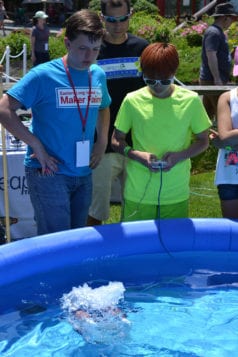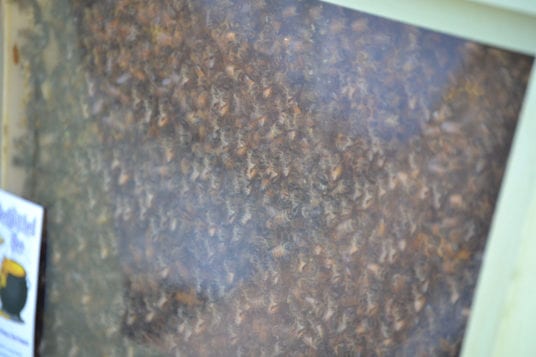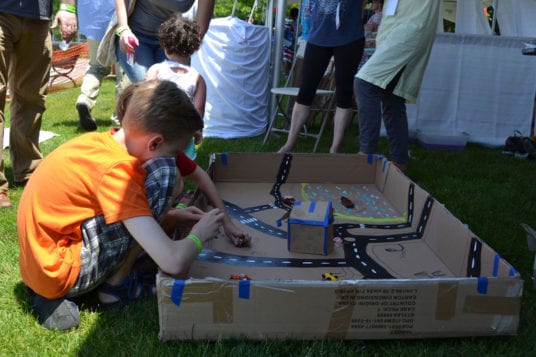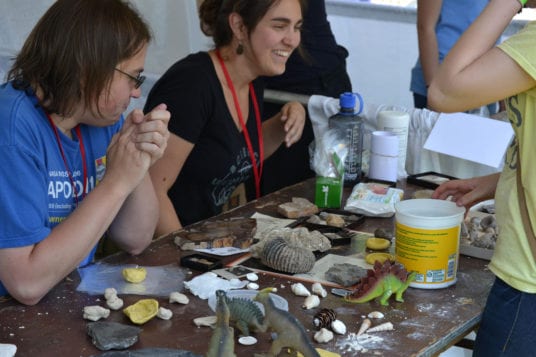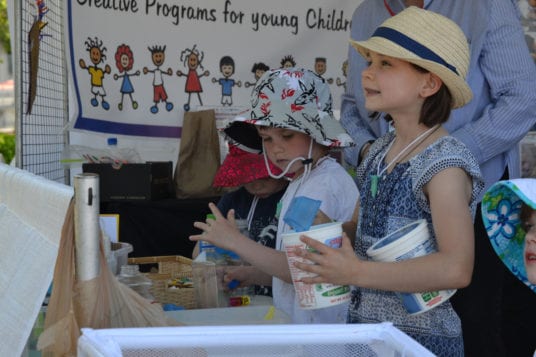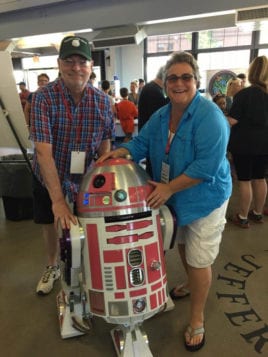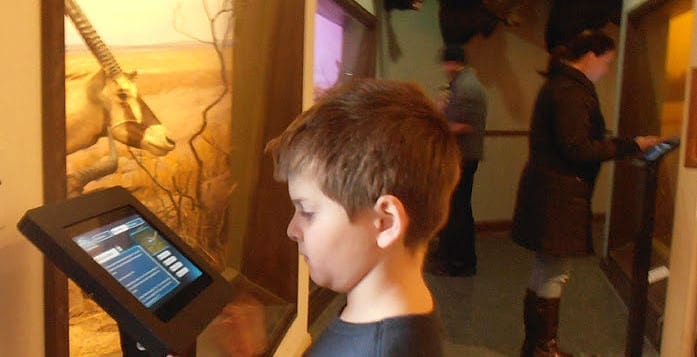Shoreham’s Tesla Science Center at Wardenclyffe is hosting the Electric Dream Expo Saturday, July 8 — a community event honoring science innovator Nikola Tesla’s 161st birthday, as well as the 100th anniversary of the dismantling of Tesla’s famous wireless transmitting tower. The Electric Dream Expo is comprised of an afternoon Science & Innovation Expo from 2 to 6 p.m. on the site of Tesla’s last existing laboratory in Shoreham, with exhibits, demonstrations, food and entertainment.
There will also be an evening of Tesla entertainment, called Summer Electrified!, from 8 to 10 p.m. at Shoreham-Wading River High School, 250A Route 25A, Shoreham, featuring Tesla-inspired performances.
Technological innovation of the past, present and future is the expo’s theme, and attendees at the daytime Science & Innovation Expo will experience Tesla-themed exhibits and activities for all ages, including a HAM radio presentation, displays by The Museum of Interesting Things and Long Island Radio & TV Historical Society, Tesla coil exhibit, 3-D printer and robotics demos, interactive exhibits of Tesla inventions and a Tesla car display.
Tours and a special presentation of innovation will feature the history of Tesla’s 187-foot wireless transmitter tower, built on the Shoreham site in 1907 and dismantled 100 years ago. The tower’s base remains as a focal point, along with Tesla’s Wardenclyffe Laboratory, built from 1901 to 1905 by renowned architect Stanford White, and now being renovated into an immersive science and education center.
The Summer Electrified! an evening of Tesla entertainment, features ArcAttack!, a musical light show using Tesla coil technology, as well as a unique lineup of performances and readings focused on Tesla’s life and legacies.
Admission to the Science & Innovation Expo is $15 for ages 13 and over, $5 for ages 5 to 12 and free for children under 5. Tickets for the Summer Electrified! performances are $25 per person 13 and over, $12 for ages 5 to 12 and free for children under 5. Admission to both events is $35 for 13 and over, $15 for ages 5 to 12 and free for children under 5. A special price of $25 per car covers admission to the daytime Science Innovation Expo for all passengers, and is limited to the first 50 car tickets purchased. Tickets can be purchased at www.teslasciencecenter.org.




